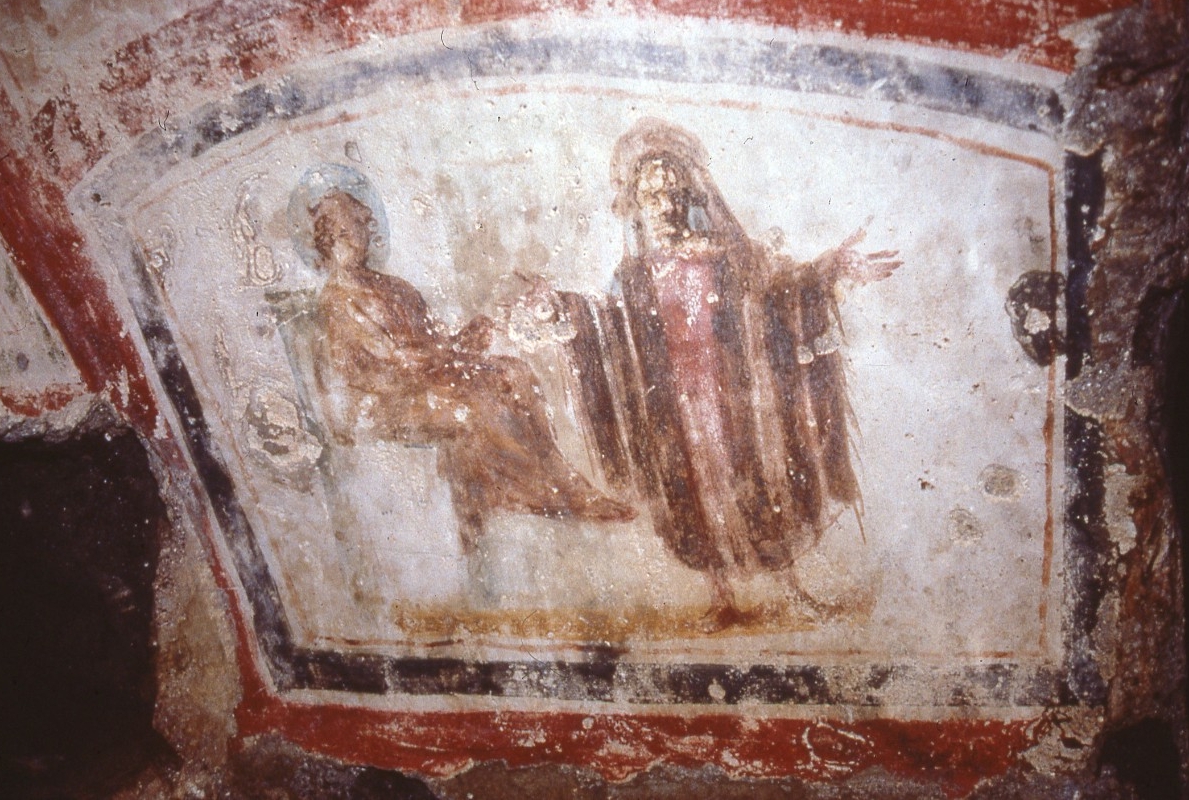Catacomb of St. Lorenzo (or Ciriaca)

Address
Piazzale del Verano, 3 - 00185 Roma RM
Opening Time
by request
Contact
Tel: +39 06 4465610 / +39 06 491511 (Parrish Office)
Email: protocollo@arcsacra.va
Sito web: www.basilicadisanlorenzo.com
How to reach us
ATAC: 71, 310, 448, 492, 545, 649 / Tram: 2, 3, 19
"No desire moved him but to sacrifice himself for the Lord.” St. Ambrosio De Officiis I, 41, n.207.
The cemetery, originally known as in agro Verano, took the name "de Lorenzo" or "de Ciriaca" only from the 6th century; If the first name remembers the revered saint on August 10, the second toponym could convey the name of the original owner of the land.
The catacomb of San Lorenzo is very extensive and extends to different levels, but the successive transformations, linked above all to the realization of the Basilica in the Sopratterra, have compromised its viability.
The original nucleus was developed in the third century, but in an uncertain period, some deep transformations involved a series of environments to expand and monumentalize the space around a small grave. In it, between the beginnings and the middle of the 4th century, a masonry well was built that allowed to see the special tomb from above.
Very close to this environment was the burial of Lorenzo, where the emperor Constantine built an apse covered in porphyry and then enclosed the grave behind a silver grid.
In addition, Constantine built a large basilica called a circumiform in the superstructure (in the form of a circus) that was tied to the martyr's tomb through a staircase and served as an outdoor cemetery.
At the end of the 6th century, Pope Pelagius II built a second basilica on the tomb of Saint Lawrence, cutting part of the hill and the cemetery surrounding Gallarie. The body of this sacred building is still preserved in the current basilica, which currently constitutes the apse area. The current building was built at the time of Pope Honorius III (1216-1227).


